I had a real problem with this. There is a big point in exiting manually or prgramatically.
With previous iPhone OS, my app was writing out its state (first use or second time onwards, etc.) in a plist when it terminated. When the user came back, it wanted to show different things by reading the plist. Also, it wanted to show the first screen every time when the user came back after exiting.
With app becoming suspended in the background with iPhone OS4, the app comes back where it left off (i.e. showing the same screen wherever the user was on) and never changes the state of it, because applicationWillTerminate is now never called.
Becasue this is the behaviour desired most of the time (to be able to continue when you step out of the app temporary), there has to be a way to be able to choose, i.e. suspend it or quit.
Since setting the UIApplicationExitsOnSuspend=YES gives only one way (i.e. it always terminates when the HOME is pressed), this is not a solution I am looking for.
I want the app to know once the whole chain of steps are completed, opposed to just the sequence was suspended, and to quit itself at the right time.
To do this, I have to be able to terminate the app and write out the state once the use completed the entire sequence. Other times, I just want the app to be suspended.
If you tap the HOME button twice you can see the suspended apps. I can delete (quit) my app by touching it longer and touch the (-) symbol that comes up, but this is not so intuitive for the users and too many steps.
Another option is to have a Quit button as one of the Nav Tabs in my app, but that is ugly. For now, my only option seems to be opting to set the UIApplicationExitsOnSuspend=YES.
